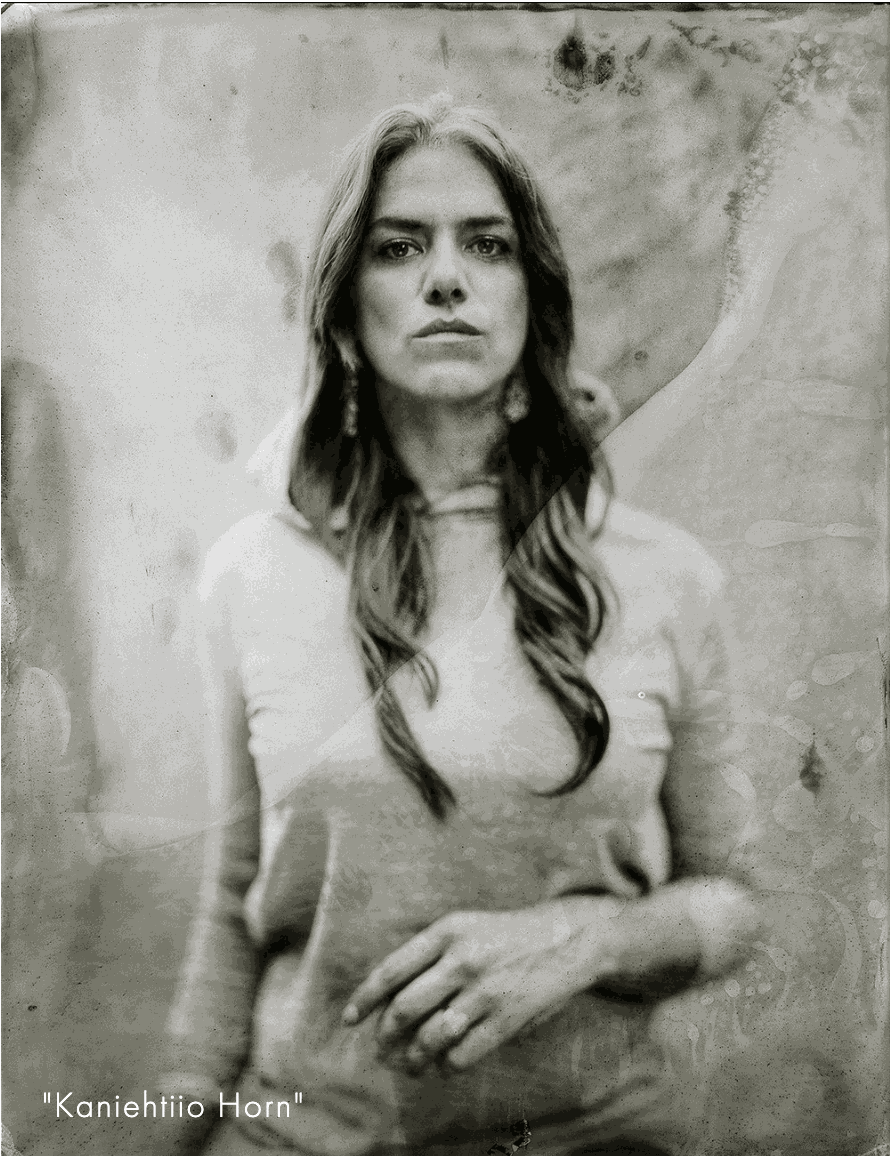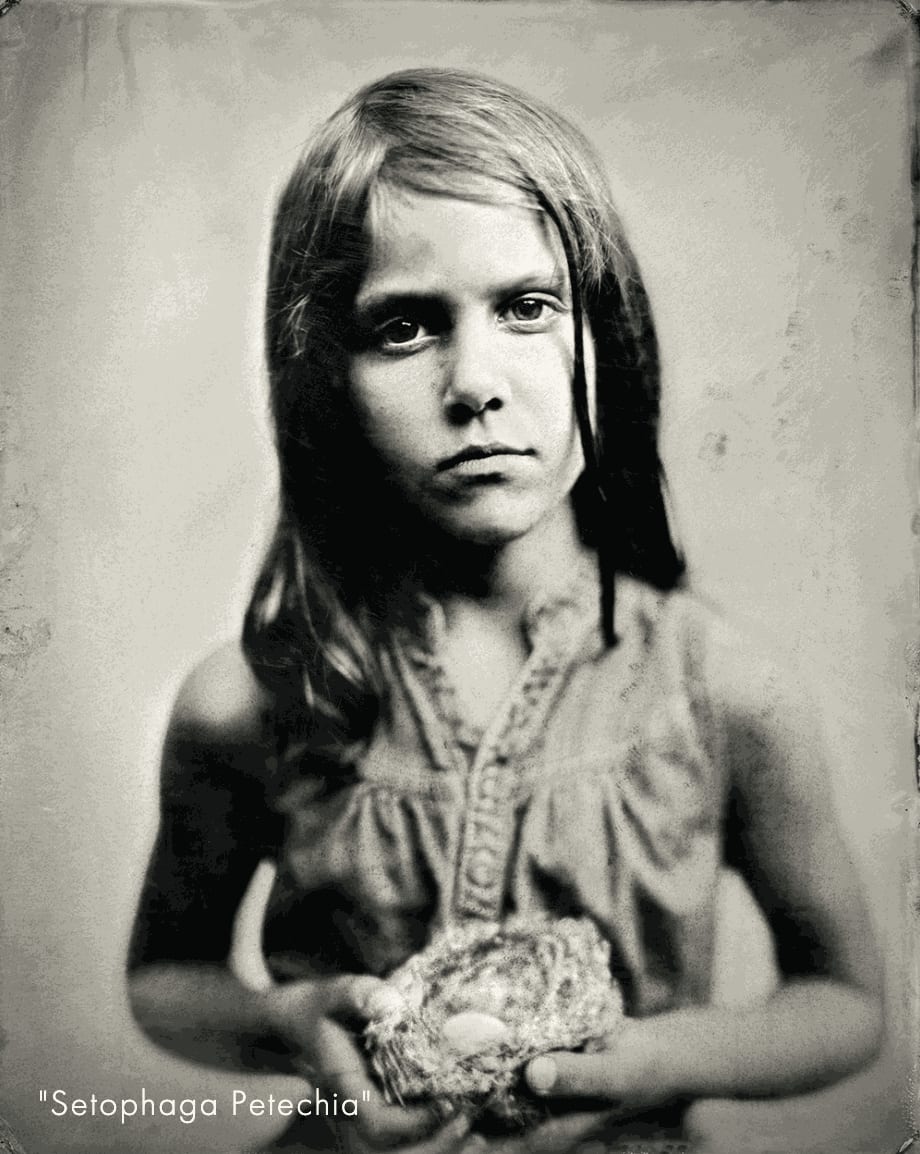Each year the world is filled with hundreds of billions of digital photographs that have no value, character, significance or most importantly, physical form. These photographs have a very small chance to make it 20 years into the future, much less the next 200 years. They are stored on phones, memory cards, and hard drives, never to be printed or held in your hands. That is not the case for the magical and historic process of creating wet plate photographs. Once created, the image is immortalized into a precocious and tangible medium that once viewed, leaves a lasting impression on the viewer and the world, as each wet plate contains an image created from pure silver that has ability to not only survive our lifetimes, but for many millennia.
In comparison, the digital photographs of today rely on technology, where-as wet plate photography relies on 170-year-old chemistry, a bit of knowledge, and some luck. As photographic technology evolves and progresses it’s incredibly important to embrace and continue to celebrate the important processes from the past. They are the foundations of our medium as a whole and while we are unknowingly blessed to have photography a daily part of lives, it’s easy to forget just how difficult and time consuming it used to be. Each time you show someone the process of wet plate collodion in person, they are absolutely amazing: not only because of the unique one of a kind image that it produces but because they realize just how complexly intimate the process of making images can be. Often, the word “magic” is the only word they can produce to describe this experience.
This magic has seen a resurgence over the last 20 years as photographers have found a craving for alternative and historic processes, and wet plate collodion has taken center stage. Though there are only roughly 1000 artists practicing this medium today, they all share a common mantra for their obsession, “less is more.” They find solace in the deliberate and slow process of their creations that focus on composition, lighting, and long exposures which eliminate convenience but embrace the tactile nature of real photography. Of these 1000 practitioners, it was a daunting task to create a list of wet plate collodion photographers you need to know. And although I was tasked with selecting just 20 artists, I couldn’t complete my list without including a few more to expand your idea of the vast variety of work that can be created with this medium. This list not only includes some of the masters of the process but also new artists just showing up on the scene. I hope you find inspiration and diversity in the artists that I have chosen. Before you dive in I will offer you this thought:
“You do not take a wet plate photograph; it is given to you.”
-Shane Balkowitsch, Ambrotypist
Nostalgic Glass Wet Plate Studio, Bismarck, ND
29 Wet Plate Collodion Photographers You Need to Know!



ARTIST: CHRISTINE FITZGERALD | LOCATION: OTTAWA, CANADA
LINKS: WEBSITE | INSTAGRAM
Christine Fitzgerald is a photo-based artist from Ottawa, Canada. She sees photography as a medium for creating unique physical objects. Christine holds degrees from Acadia and Dalhousie University and studied at the School of the Photographic Arts in Ottawa. Her images are produced intuitively, often using large format cameras and antique lenses, exploring historical image capture and photographic printing processes. She has a very strong voice in the wet plate process. It stems from her own unique female perspective. In 2017 she won the coveted Julia Margaret Cameron category award. She is someone to keep your eye on.

